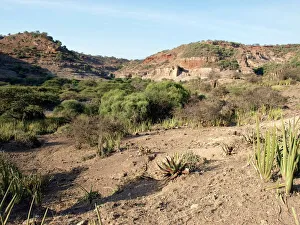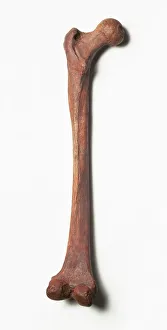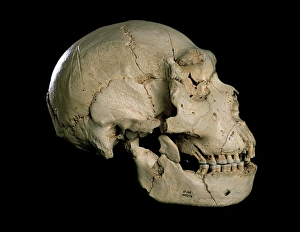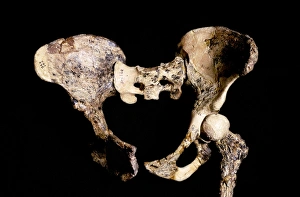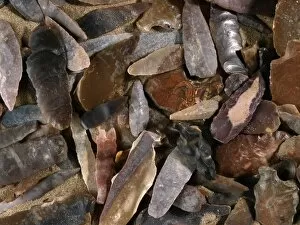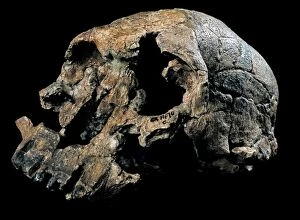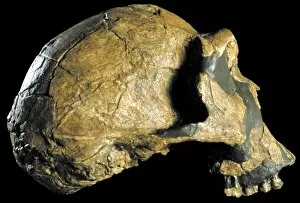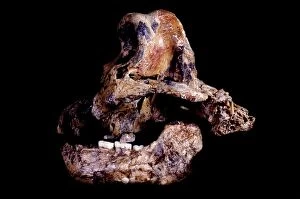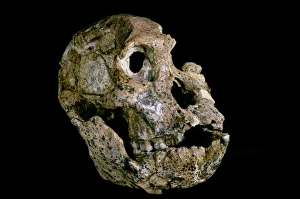Paleoanthropological Collection
"Paleoanthropological Treasures Unearthed: A Journey Through Time" Step into the ancient world as we explore the fascinating realm of paleoanthropology
All Professionally Made to Order for Quick Shipping
"Paleoanthropological Treasures Unearthed: A Journey Through Time" Step into the ancient world as we explore the fascinating realm of paleoanthropology. From the captivating Olduvai Gorge landscape in Tanzania to the remarkable discoveries that shed light on our human ancestors, this journey will leave you awe-inspired. In C015/6429, we uncover the secrets of the Red Lady of Paviland femur. This enigmatic find challenges conventional notions and offers a glimpse into prehistoric burial rituals. Moving forward, let's delve deeper into our past with Homo heidelbergensis skull (Cranium 5) from C015/6921 - an extraordinary specimen that provides crucial insights into early human evolution. Continuing our exploration, we encounter Australopithecus africanus pelvis STS-14 from C015/6919. This discovery unveils significant details about locomotion and reproductive biology in these ancient hominins. As we marvel at their resilience and adaptability, it becomes clear how they paved the way for future generations. But it doesn't stop there. The Upper Palaeolithic surprises us with ivory and bone tools from C016/5026 - evidence of advanced craftsmanship during this era. Neolithic flint arrowheads (C014/1034 & C014/1032) showcase humanity's progress towards more sophisticated hunting techniques. As we piece together fragments from Stone-age flint fragments found in C014/1020, a vivid picture emerges before us – one where survival skills were honed through innovation and resourcefulness. And speaking of arrows, Neolithic flint arrowheads (C014 / 1030) take center stage once again alongside their counterparts (C014 / 1023 & C014 / 1022). These artifacts symbolize mankind's quest for mastery over its environment.

